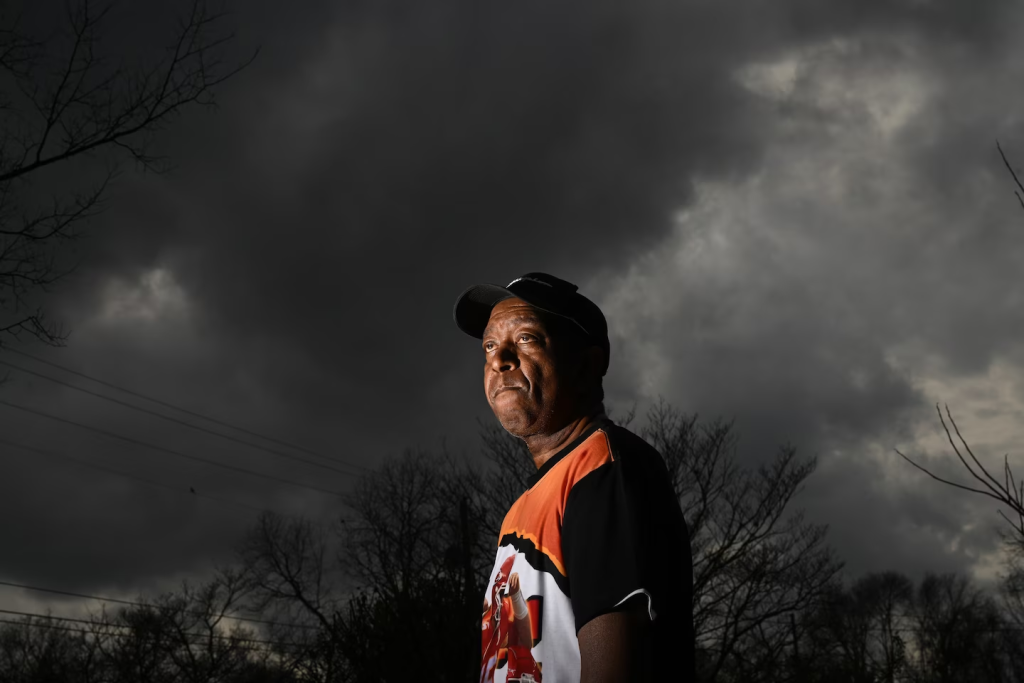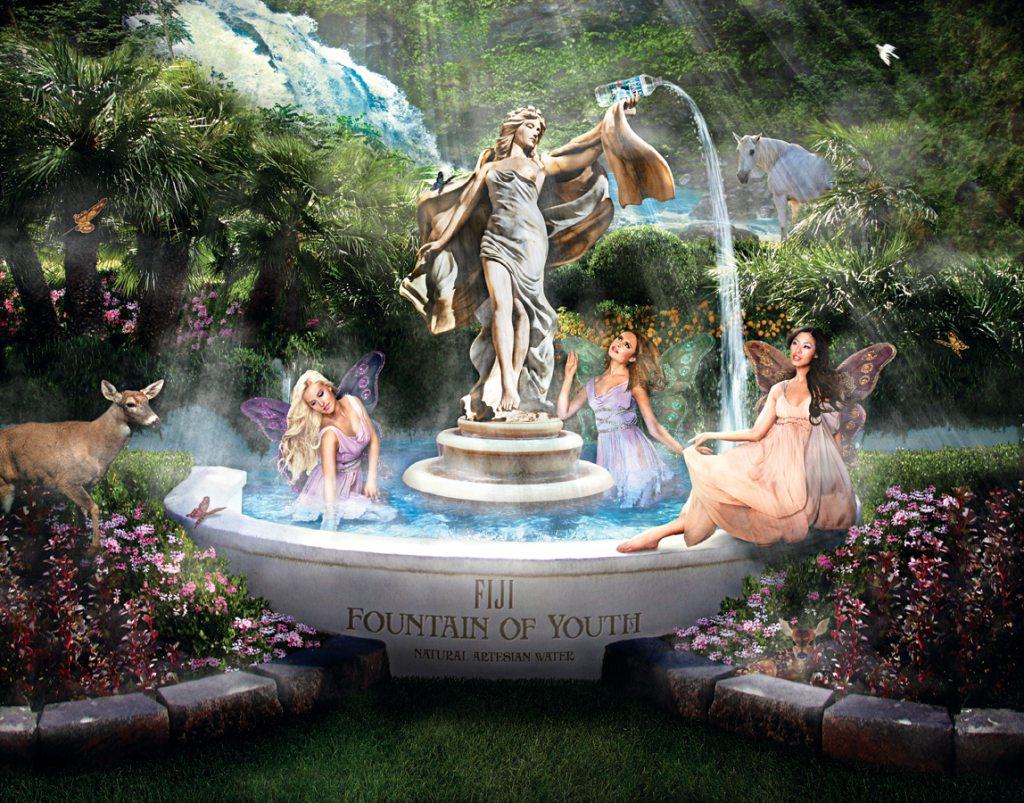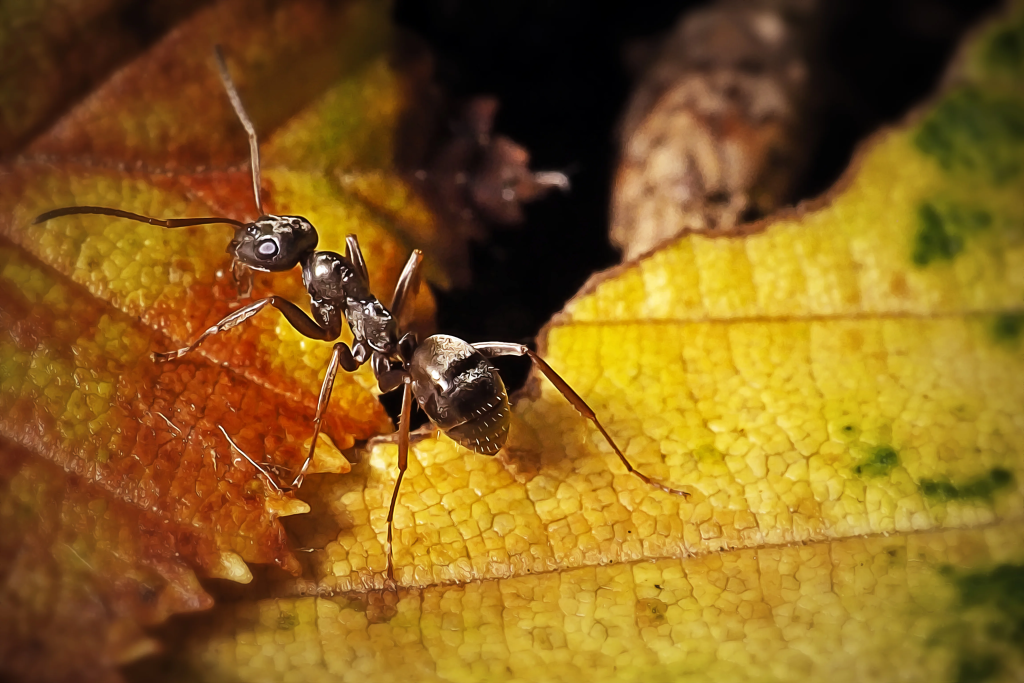Jimmy Carter, his best friend and a murder charge

History remembers him as Jimmy Carter’s closest childhood friend. In his best-selling memoirs and poetry, the former president detailed his adventures with Alonzo “A.D.” Davis, the nephew of Black tenant farmers who labored on Carter family land in Depression-era southwest Georgia. The boys grew up together, the 39th president wrote: They wrestled, hunted rabbits, caught catfish and slipped off to the movies, forging a bond that led a 14-year-old Carter to question the Jim Crow norms that barred his “primary playmate” from joining his family at the dinner table. Davis, who died in 1985, is immortalized as a “timid little Black boy with kinky hair, big eyes and a tendency to mumble” in “An Hour Before Daylight,” Carter’s book about his rural upbringing. But according to Davis’s family, that narrative omits a climactic chapter of their story. The former president stayed in touch with Davis through the decades as their paths diverged, and made behind-the-scenes efforts to liberate him from prison.
When did girls start wearing pink and boys start wearing blue?
Little Franklin Delano Roosevelt sits primly on a stool, his white skirt spread smoothly over his lap, his hands clasping a hat trimmed with a marabou feather. Shoulder-length hair and patent leather party shoes complete the ensemble. We find the look unsettling today, yet social convention of 1884, when FDR was photographed at age 2 1/2, dictated that boys wore dresses until age 6 or 7, also the time of their first haircut. Franklin’s outfit was considered gender-neutral. Why have young children’s clothing styles changed so dramatically? How did we end up with two “teams”—boys in blue and girls in pink? The march toward gender-specific clothes was neither linear nor rapid. Pink and blue arrived, along with other pastels, as colors for babies in the mid-19th century, yet the two colors were not promoted as gender signifiers until just before World War I. A June 1918 article said, “The generally accepted rule is pink for the boys, and blue for the girls. The reason is that pink, being a more decided and stronger color, is more suitable for the boy, while blue, which is more delicate and dainty, is prettier for the girl.”

Mack McCormick’s long, tortured quest to find the real Robert Johnson
early everything we thought we knew about Robert Johnson was wrong. The biographical information that historians had gathered about the King of the Delta Blues Singers, the Grandfather of Rock and Roll, an inspiration to Muddy Waters, Bob Dylan, and the Rolling Stones? The guy from Mississippi whose face was on a postage stamp? Almost all of it was wrong. And I had the evidence in my hands: a secret manuscript about Johnson’s life found in the archive of Houston folklorist and record producer Robert “Mack” McCormick. This wasn’t just any archive. At the time, it was one of the most sought-after collections in the country—the Library of Congress wanted it, and so did the Smithsonian and the Rock & Roll Hall of Fame. Rock star Jack White was interested in it, as were Austin’s Dolph Briscoe Center and San Marcos’s Wittliff Collections.. The archive had once filled almost every corner of Mack’s home—dozens of file drawers and boxes crammed with tens of thousands of documents, photos, and recordings—manuscripts, plays, interviews. The archive was so vast that Mack gave it a name: the Monster.

The Devil in the Routine: The crash of Spanair flight 5022
On the 20th of August 2008, a Spanish airliner taking off from Madrid stalled and crashed just moments after liftoff, careening off the runway and exploding in flames as hundreds looked on in horror. By the time firefighters reached the crash site beside runway 36L, the plane lay ruined and burning, surrounded by the charred remains of 154 passengers and crew, who just moments earlier had been bound for the sunny beaches of the Canary Islands. Amid the wreckage, rescuers managed to find just 18 survivors, all badly injured, who had been spared by the flames. At first, no one could say why Spanair flight 5022 was unable to climb, but the truth was soon revealed in the wreckage itself. Somehow, the pilots had sent their plane hurtling down the runway without extending the flaps and slats for takeoff, then failed to detect their error in time to avoid a catastrophic crash. It was a mistake which, over the years, had caused tragedy after tragedy, from America to Indonesia, and now it had happened again in the heart of Spain’s capital city.

How scientists want to make you young again
A little over 15 years ago, scientists at Kyoto University in Japan made a remarkable discovery. When they added just four proteins to a skin cell and waited about two weeks, some of the cells underwent an unexpected and astounding transformation: they became young again. They turned into stem cells almost identical to the kind found in a days-old embryo, just beginning life’s journey. At least in a petri dish, researchers using the procedure can take withered skin cells from a 101-year-old and rewind them so they act as if they’d never aged at all. Now, after more than a decade of studying and tweaking so-called cellular reprogramming, a number of biotech companies and research labs say they have tantalizing hints the process could be the gateway to an unprecedented new technology for age reversal. By applying limited, controlled doses of the reprogramming proteins to lab animals, the scientists say, they are seeing evidence that the procedure makes the animals—or at least some of their organs—more youthful.

Eight-year-old boy disrupts 100 years of scientific knowledge regarding insects
Penn State scientists, thanks to 8-year old Hugo Dean's curiousity, have discovered a new level of complexity in plant-insect interactions through a groundbreaking study that has turned a century of knowledge about the relationship on its head. The team was investigating ants' attraction to oak galls when they discovered an elaborate relationship between ants, wasps, and oak trees. The researchers found that oak gall wasps are manipulating oaks to produce galls and then manipulating ants to retrieve the galls to their nests, where the wasp larvae may be protected from gall predators or receive other benefits. Looking back, Hugo, now 10, says that he "thought they were seeds, and I felt excited because I didn't know ants collected seeds. I always thought ants would eat food scraps and stuff around the house. Then I got more excited when [my dad] told me they were galls, because [my dad] was so excited. I was surprised that ants would collect galls."

In 1951, you could give your child a toy nuclear reaction kit
Believe it or not, in the years 1950-1951, the A. C. Gilbert Company distributed the Gilbert U-238 Atomic Energy Lab, a toy kit allowing kids to make nuclear reactions at home using actual radioactive material. It was taken off the shelves in 1951
— Massimo (@Rainmaker1973) April 6, 2023
[more: https://t.co/ToBaEXXDMX] pic.twitter.com/sZiZZtNLDM



